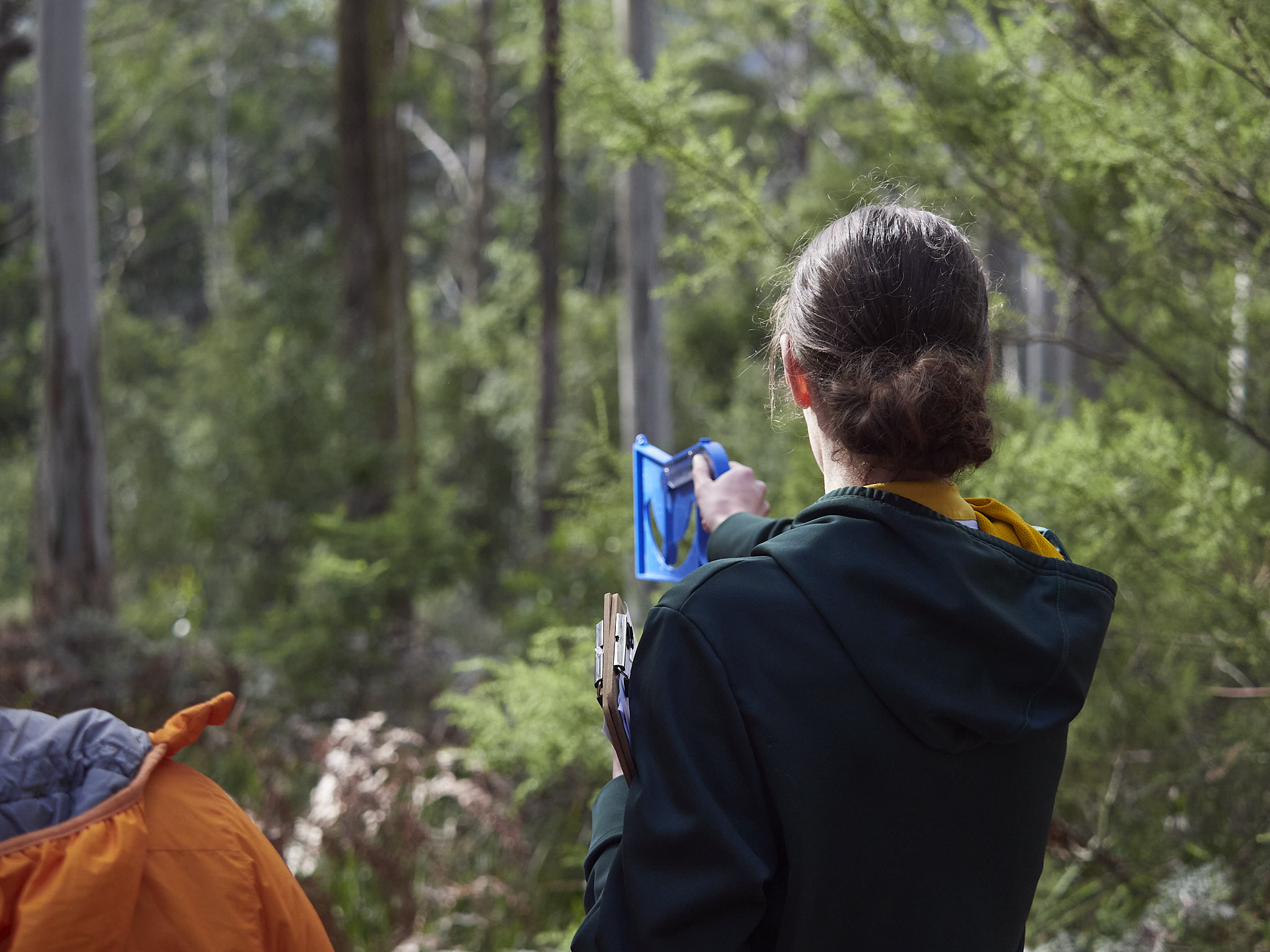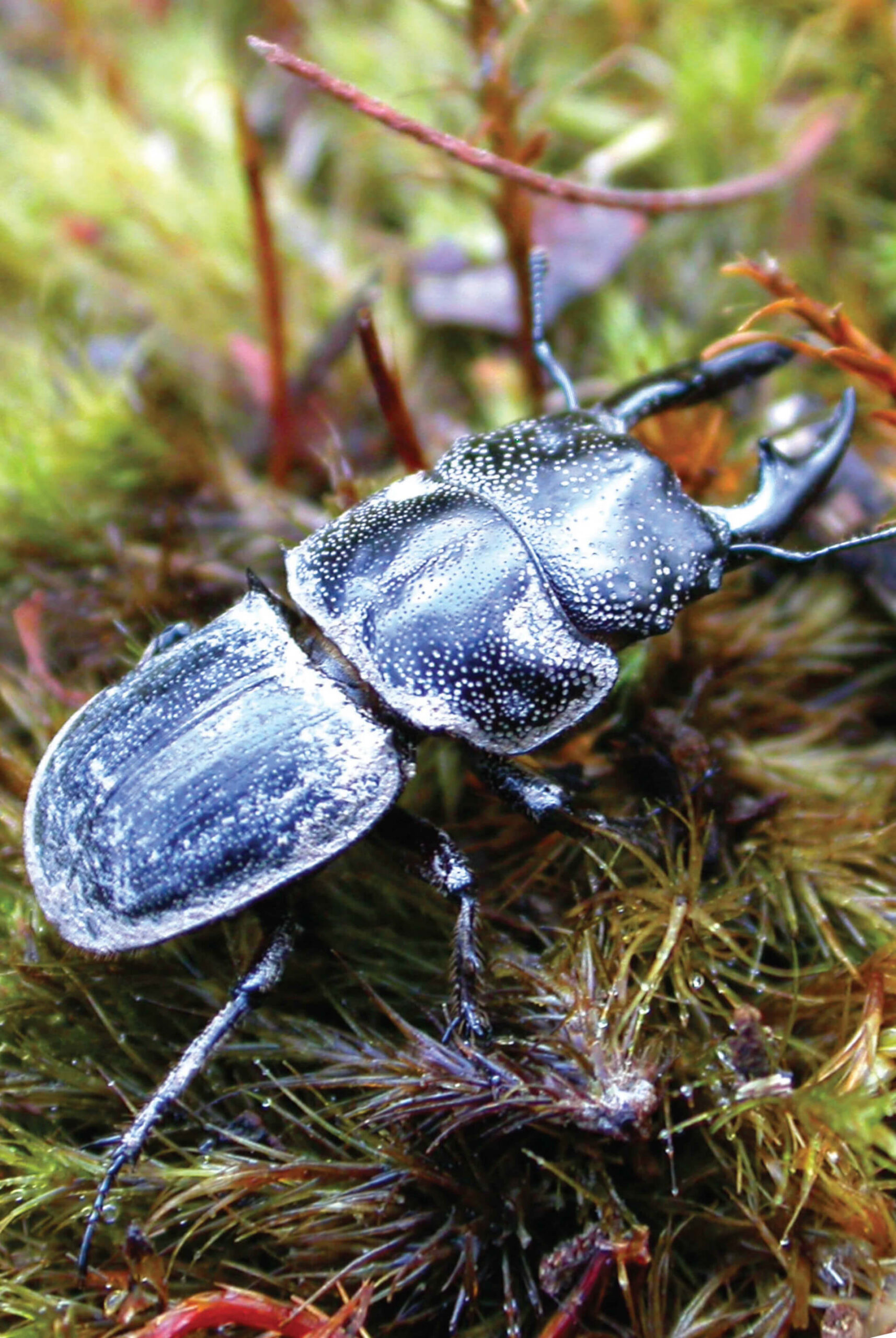Science Programs
Understand the importance of classification in organising food webs and ecosystems. Collect data from different forest types, explore the ways that people interact with forest landscapes and how people manage these environments for a range of uses – from biodiversity and conservation to tourism, recreation and the sustainable supply of wood products. Investigate the role of science in maintaining biodiversity and explore significance of renewable resource for living sustainably.
Cost: $150 per class
Time: Approximately 10am – 2pm (variable)
$100 bus subsidy available (More info here: Preparing for your excursion)
Can’t make it to the forest? Our educators can support your unit through an incursion.
Cost: $75
Time: Approximately 90 minutes


Book Now
Excursions are held at Waterworks Reserve, Hobart, or Hollybank Reserve, Launceston. Location can be negotiated for schools further afield. More info: Preparing for your excursion
Incursion programs can be held indoors or outdoors at your school.
Contact us using the form below, or:
Call 0488666506 / 0411544278
